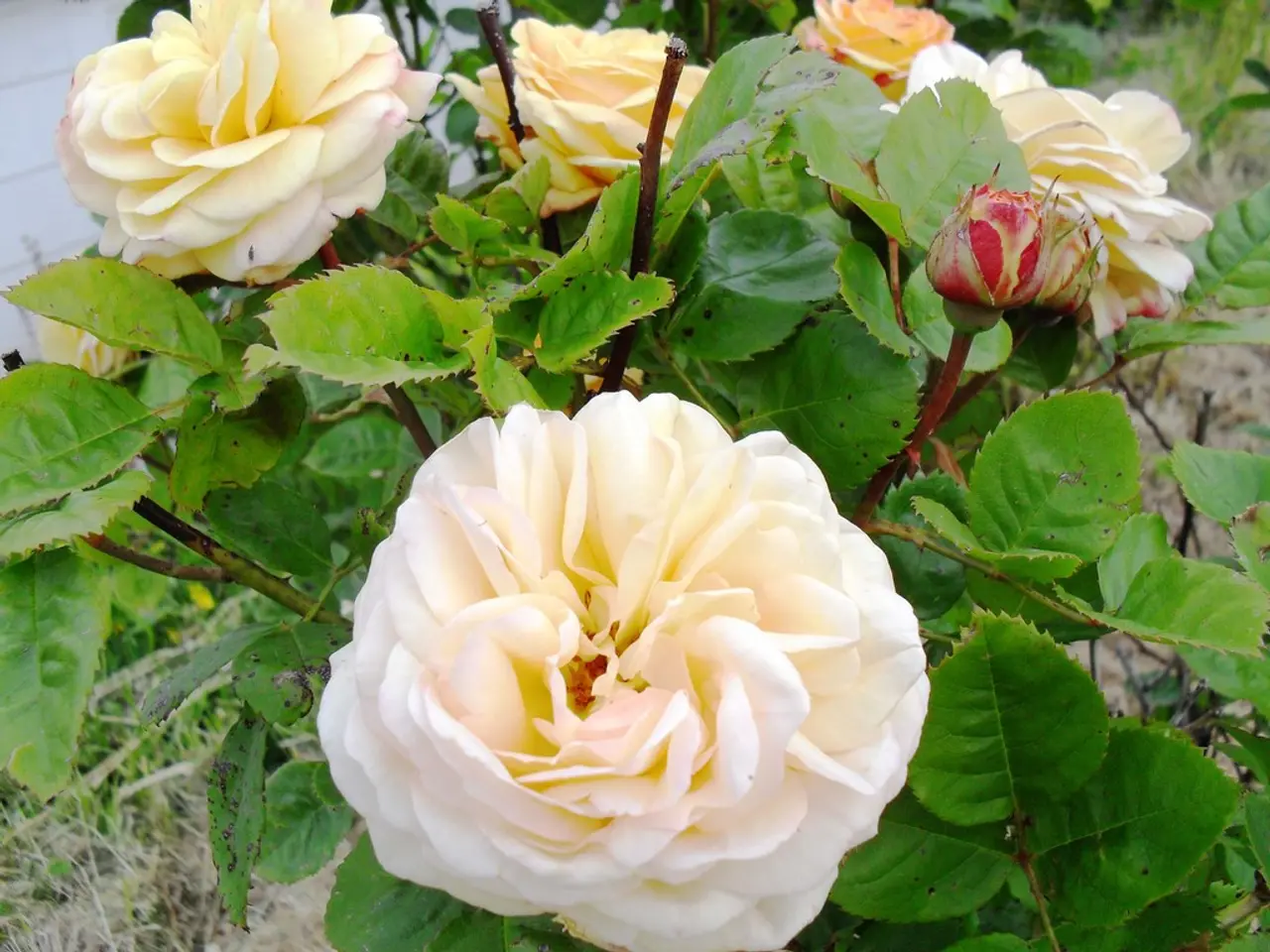Attract Pollinators with these 6 Charming Decorative Grass Species
Supporting Pollinators in U.S. Gardens with Native Ornamental Grasses
Ornamental grasses are more than just eye-catching additions to gardens; they also play a crucial role in supporting pollinators. Here are some native grass species that thrive in various U.S. climates and offer both aesthetic appeal and ecological benefits.
Blue Grama (Bouteloua gracilis)
This low-growing, drought-tolerant grass forms a hardy, low-water turf ideal for dry, hot climates. With fine, soft blue-green foliage and unique curved seed heads, Blue Grama provides texture and interest, especially in fall and winter when it turns tan. Best suited for USDA zones 3–10, this grass supports pollinator habitats and is an excellent choice for xeriscapes, meadows, and prairies.
Little Bluestem (Schizachyrium scoparium)
Little Bluestem is an upright clump-forming grass growing 2–4 feet tall. Its striking blue-green foliage changes to red or copper in fall, and silver seed heads persist in winter, providing texture and color. This grass is tolerant of hot, dry, and poor soils, making it suitable for USDA zones 3–9. Little Bluestem is a host plant for skipper butterflies, and its seeds feed small birds in fall and winter, making it an excellent choice for meadow gardens and pollinator habitats.
Additional Notes on Native Ornamental Grasses for Pollinators
Native grasses offer overwintering habitat for various insects, including fireflies, which use the grasses for concealment and signaling. They also contribute structural support for perennial plantings, helping maintain garden aesthetics while providing important ecological niches for pollinators and birds. Maintenance is low; grasses should not be cut back in fall to protect overwintering wildlife but can be trimmed in spring for fresh growth.
General Planting Advice for Pollinator Gardens
Choosing wild-type or native varieties is essential because they retain better nectar and pollen production compared to heavily bred ornamental varieties, making them more attractive and beneficial to pollinators. For diversity, combine grasses with other native, nectar-rich perennials to attract a wide variety of pollinators.
Summary Table
| Grass Name | Botanical Name | Height | USDA Zones | Sun Requirement | Characteristics | Pollinator Benefits | |----------------|-----------------------|---------------|------------|-----------------|----------------------------------------------------------------|----------------------------------------| | Blue Grama | Bouteloua gracilis | 12–18 inches | 3–10 | Full sun | Blue-green foliage, curved seed heads, drought-tolerant | Supports pollinators, drought-tolerant | | Little Bluestem| Schizachyrium scoparium| 2–4 feet | 3–9 | Full sun | Blue-green to copperfall foliage, silver seed heads in winter | Host for skipper butterflies, seed food for birds |
These native grasses suit different dry and sunny habitats and form excellent ecological backbones for pollinator-supporting gardens across many U.S. climates. They combine ornamental appeal with vital wildlife functions.
Other notable native ornamental grasses include Sideoats Grama, Switchgrass, Tufted Hairgrass, Muhly Grasses, and Mexican Feather Grass. Each of these grasses offers unique characteristics and benefits, making them valuable additions to any pollinator garden.
These native ornamental grasses, such as Blue Grama and Little Bluestem, not only provide aesthetic charm to home-and-garden settings, but they also contribute significantly to the home-and-garden lifestyle by supporting pollinators and creating vital wildlife habitats. Gardening enthusiasts can expand their pollinator-friendly garden designs with additional grasses like Sideoats Grama, Switchgrass, Tufted Hairgrass, Muhly Grasses, and Mexican Feather Grass, each offering unique features and pollinator benefits.




